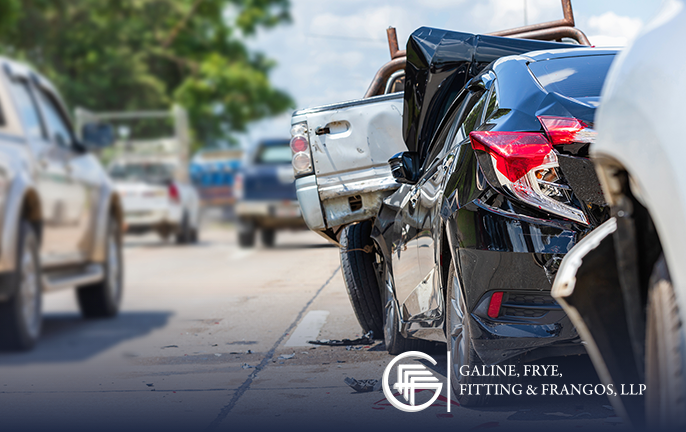When you are suing someone in a trip-and-fall accident, it is important that the defect that tripped you up not be so slight that the law defines it as “trivial.” That means that the defect was so minor or small that a reasonable person would have been able to navigate it without harm. If you can overcome this “trivial defect” argument hurdle, then you have an enhanced chance of getting your day in court to prove your case and recover compensation. To make sure you are clearing the “trivial defect” and all other hurdles, be sure you have a skilled San Mateo trip and fall attorney working on your behalf.
A pair of cases illustrate each side of this legal coin. M.M. was successful in her premises liability lawsuit because of the strong evidence she had, while C.H. was not successful in his case.
M.M. overcame the “trivial defect” argument in her case against a hotel due to her evidence regarding size. In some cases, California courts have held that defects as small as ½ inch were not trivial and allowed the injured person to proceed to trial. However, cases with defects of less than 1” often have a greater chance of overcoming this “trivial defect” hurdle if there are special or “aggravating” circumstances, like broken or jagged concrete edges, cracks or potholes.
This woman did not need evidence of special, aggravating circumstances because the defect in her case was so large. In M.M.’s case, the defect was 2¾” by 5½”. While the analysis of whether a defect is or isn’t trivial varies from case to case and there is no specific measurement below which a defect is automatically trivial or above which it is automatically not trivial, the Court of Appeal, in ruling for the woman, noted that no California court had ever declared a defect as large as the one in this case to be trivial, and the court wasn’t going to make an exception in this case. As a result, M.M. was entitled to go forward to trial for her injuries.
By contrast, in C.H.’s case, he was walking along a public sidewalk in the Southern California city of Temecula when he tripped and fell. C.H. fell, he alleged, because two adjacent concrete section of sidewalk were uneven. That height differential, which ranged from 9/16” to roughly 1”, caused the fall and C.H.’s significant injuries, according to his complaint.
Note that the defect that felled C.H. was of a size that can produce a winning case, but often requires proof of some sort of aggravating circumstance, like broken concrete sections or jagged concrete edges. C.H. didn’t have proof of those kinds of special facts, and so his case was unsuccessful. If C.H. had been able to obtain and present evidence of broken sidewalk sections or jagged pieces, then he too might have been able to get his case to trial as M.M. did.
So what should you take away from these cases? Take away that, while size matters, the size of the defect that caused you to trip-and-fall does not, by itself, determine whether or not the defect that hurt you was trivial and, by extension, whether or not you have a valid case. Instead of guessing, get reliable advice from the knowledgeable professionals at the Law Offices of Galine, Frye, Fitting & Frangos. Our diligent and skillful San Mateo premises liability attorneys have many years of experience helping injured people to get the compensation they deserve. To set up a free consultation with one of our experienced attorneys, contact us at 650-345-8484 or through our website.
The Importance of Size When You Are Pursuing a Trip and Fall Case in California Due to a Sidewalk Defect

